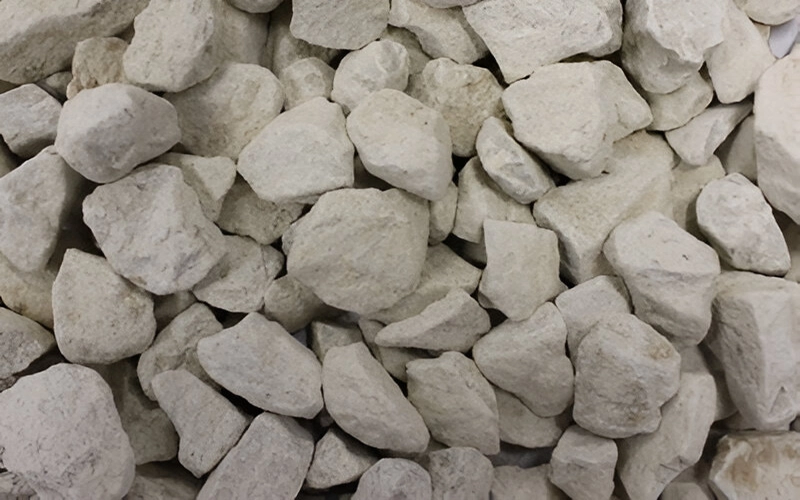Limestone is a sedimentary rock primarily composed of calcium carbonate (CaCO₃), typically in the form of the mineral calcite. It forms mainly in marine environments through the accumulation of the shells, coral, and skeletal fragments of marine organisms. Over millions of years, these materials compact and cement together, creating solid rock layers. Limestone is one of the most common and widely distributed rocks on Earth and plays a significant role in the geological, biological, and industrial landscape.
Limestone often forms in shallow, warm marine waters, where organisms such as coral, mollusks, and algae thrive. As these organisms die, their calcium-rich shells and skeletons settle to the ocean floor, gradually building up thick deposits. In some cases, limestone can also form through chemical precipitation from lake or ocean water, especially in hot climates. This type of limestone is called chemical or crystalline limestone, and includes varieties such as travertine and oolitic limestone.
A notable characteristic of limestone is its ability to easily dissolve in acidic conditions. This makes it a key player in the formation of karst landscapes, which are characterized by sinkholes, caves, and underground rivers. Over time, rainwater, which absorbs carbon dioxide from the atmosphere and becomes slightly acidic, can erode limestone bedrock, creating extensive cave systems and unique geological features.
Limestone has been used by humans for thousands of years. The ancient Egyptians used it extensively in the construction of the pyramids, while the Romans used it for building roads, aqueducts, and monuments. It remains a popular building material today due to its availability, workability, and aesthetic appeal. Limestone is often cut into blocks or slabs for use in flooring, walls, and facades.

Beyond construction, limestone is also crucial in various industrial processes. It is a primary ingredient in cement manufacture and is used in steel production, water treatment, and flue gas desulfurization. Additionally, when heated, limestone decomposes into lime (calcium oxide), a key compound in many chemical applications.
Environmentally, limestone helps buffer soil and water against acidification. However, quarrying limestone can lead to habitat destruction and landscape changes. Despite this, its natural beauty, versatility, and importance in both nature and industry make limestone an essential and enduring part of the Earth’s crust.
Limestone is still very frequently used on all types of buildings and sculptures. Limestone is readily available and relatively easy to cut into blocks or more elaborate carving. It is also long-lasting and stands up well to exposure. However, it is a very heavy material, making it impractical for tall buildings, and relatively expensive as a building material. t is the raw material for the manufacture of quicklime (calcium oxide), slaked lime (calcium hydroxide), cement and mortar.Pulverized limestone is used as a soil conditioner to neutralize acidic soils.It is crushed for use as aggregate—the solid base for many roads.

| Element | SiO2 | Al2O3 | Fe2O3 | TiO2 | CaO | MgO | Na2O | K2O | L.O.I | MnO | P2O5 | Size |
|---|---|---|---|---|---|---|---|---|---|---|---|---|
| Percent | 0.19 max | 0.05 max | 0.24 max | 0.05 max | 55.39 min | 0.30 max | 0.07 max | 0.05 max | 43.56 max | 0.05 max | 0.05 max | - |